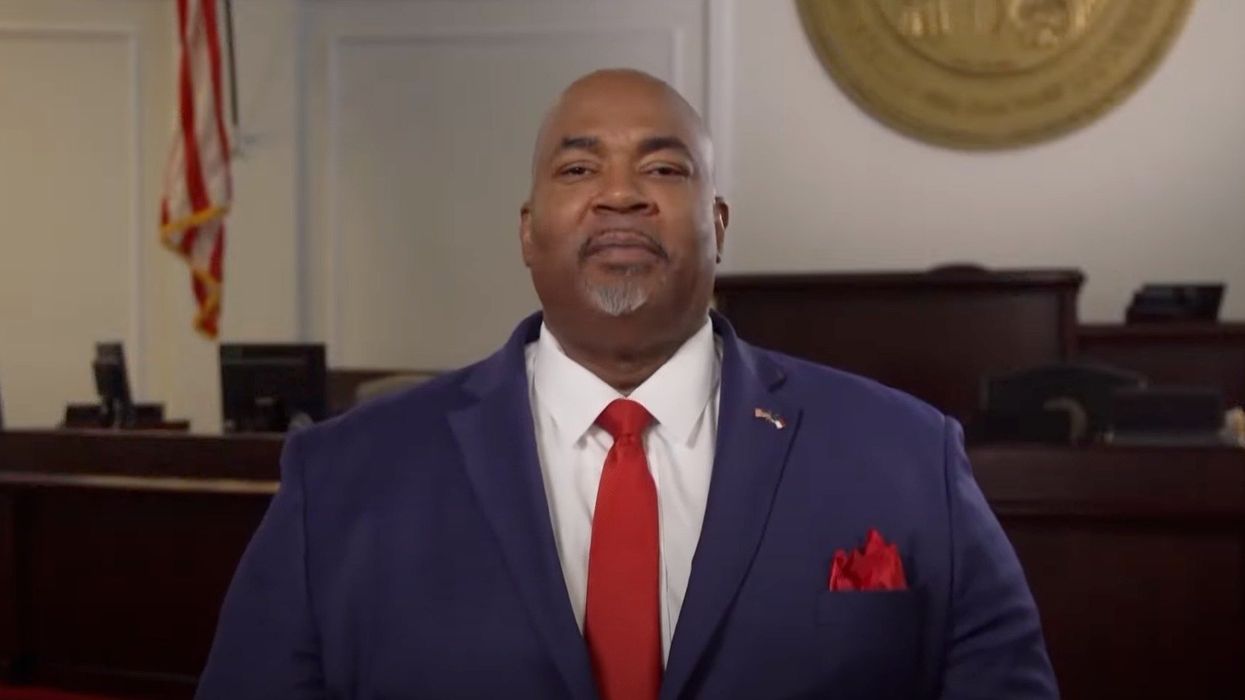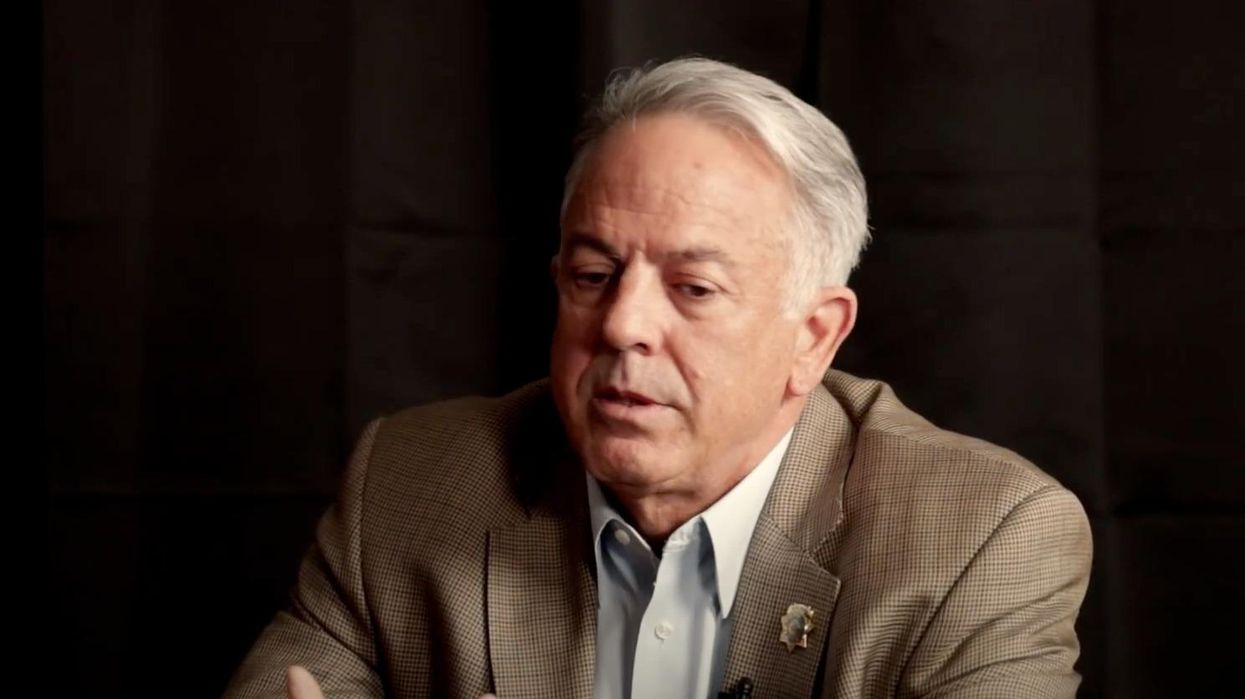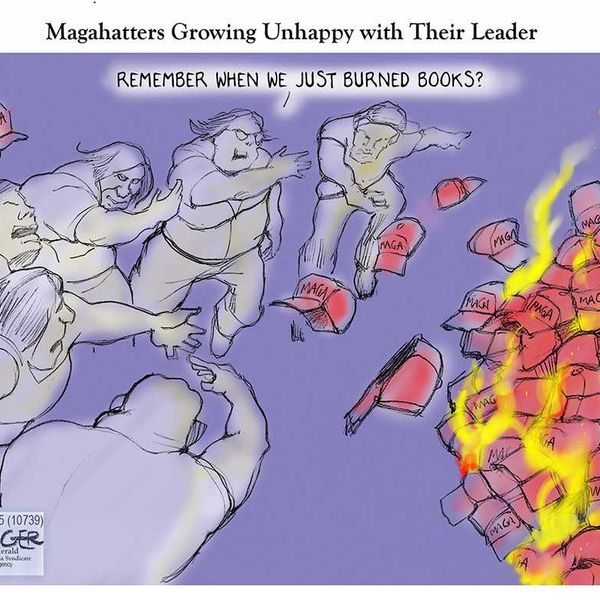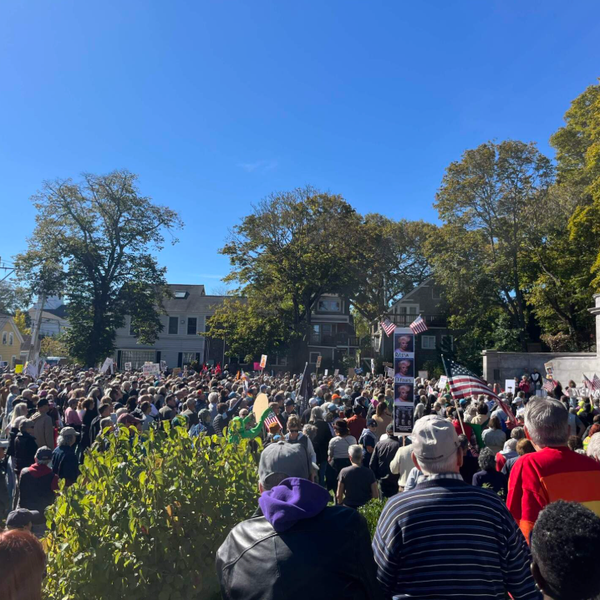Bobby's MAHA Mania: Die Now, Eat Healthier Later
On Tuesday Robert F. Kennedy Jr. visited Indiana, where GOP Gov. Steve Braun, a former Senator and business owner, unveiled nine executive orders that underscored all the contradictions in the Make America Healthy Again movement.
The positive aspects of his program included:
- Preventing the Supplemental Nutrition Assistance Program’s low-income beneficiaries from using food stamps to buy sugar-sweetened soda or candy;
- Annual physical fitness testing in the state’s schools;
- Subsidies for Indiana farms to grow more nutritious foods; and
- A study of dyes and chemical additives in the food supply.
On the downside, he ordered:
- Work requirements for SNAP beneficiaries; and
- A campaign to root out “improper spending” from “eligibility errors” in the Medicaid program, which he claimed accounts for 28% of all Medicaid spending in the state.
To sum up, then, Indiana, like most GOP-run states, is taking minor steps to improve diets and physical fitness, which will take years to show results in the form of better health and reduced health care spending. Meanwhile, the state, whose businesses spend more on their health insurance than any other state, will be moving quickly to eliminate thousands of people from receiving SNAP benefits or government-funded health insurance. Both moves rely on setting up bureaucratic roadblocks to beneficiaries affirming their eligibility status.
Taken together, the SNAP and Medicaid cutbacks will increase food insecurity among the very poor while forcing many to postpone care for their chronic diseases, which will be treated later, more expensively and with poorer outcomes, including a higher level of mortality. Allowing Medicaid to cover more people “improved health outcomes, including lower mortality rates from cancer, cardiovascular disease, liver disease, and maternal mortality,” a Kaiser Family Foundation issue brief noted in December.
Blue states are doing more to protect health
As with much of his tour to promote MAHA, which kicked off last week in Utah with Kennedy praising its governor for removing fluoride from drinking water, the HHS secretary’s visit to Indiana ignored states that are doing far more to promote the positive aspects of his agenda. Yesterday, in next door Illinois, the state senate passed a bill that would prevent foods containing four harmful additives from being sold starting in 2028. Democratic Gov. Jay Pritzker supports for the bill, which should easily pass the Democratically-controlled House.
The banned additives included brominated vegetable oil (BVO), potassium bromate and propylparaben, which having been linked to cancer or toxic effects on the heart, reproductive, and endocrine systems. Each has been banned in the European Union. The Illinois law also bans use of Red Dye #3, whose elimination starting in 2027 the Biden administration’s Food and Drug Administration finally ruled last December. The FDA concluded more than three decades ago the dye was carcinogenic.
For decades, food industry lobbying has largely paralyzed action by the scientists in the FDA’s food division, which failed to police not just food additives, but excess sugar and salt and other harmful ingredients in processed foods. The Trump administration’s massive cutbacks in personnel at the agency, and the fear that has instilled in those who remain, makes it highly unlikely the FDA will be making regulatory changes at the federal level anytime soon.
Kennedy’s heightened attention to the issue has given states political room to act. Illinois followed in the footsteps of California, which passed a similar law in 2023. Lawmakers in at least 20 states have introduced similar bills. Several, including deep Red West Virginia, are GOP-run.
Proponents are making the same argument everywhere: There are safer, less costly alternatives. After protests in Canada, Kellogg’s changed the dyes used in its Fruit Loops and Apple Jack cereals to concentrated carrot juice, watermelon juice and blueberry juice.
Major food companies, whose CEOs met recently with Kennedy, worry that there will be a patchwork quilt of state regulations that will make it difficult to market products nationally. “What’s happening in the states like Indiana is going to drive change,” he said today.
Actually, Indiana, whose farmers are leery of challenging their major customers in the food processing industry, is only going to “study” the issue. It is mostly the Democratically-run states that are taking the lead and actually doing something about it.
Merrill Goozner, the former editor of Modern Healthcare, writes about health and politics at GoozNews.substack.com, where this column first appeared. Please consider subscribing to support his work.
Reprinted with permission from Gooz News.












